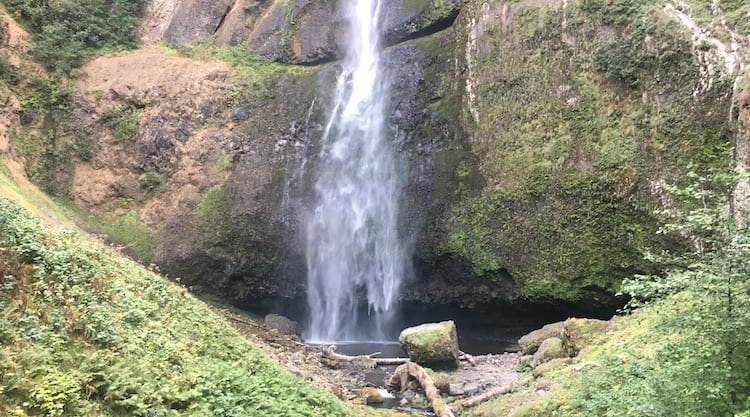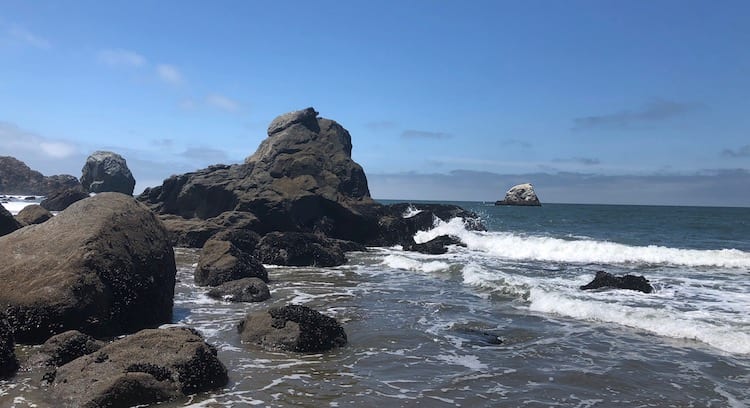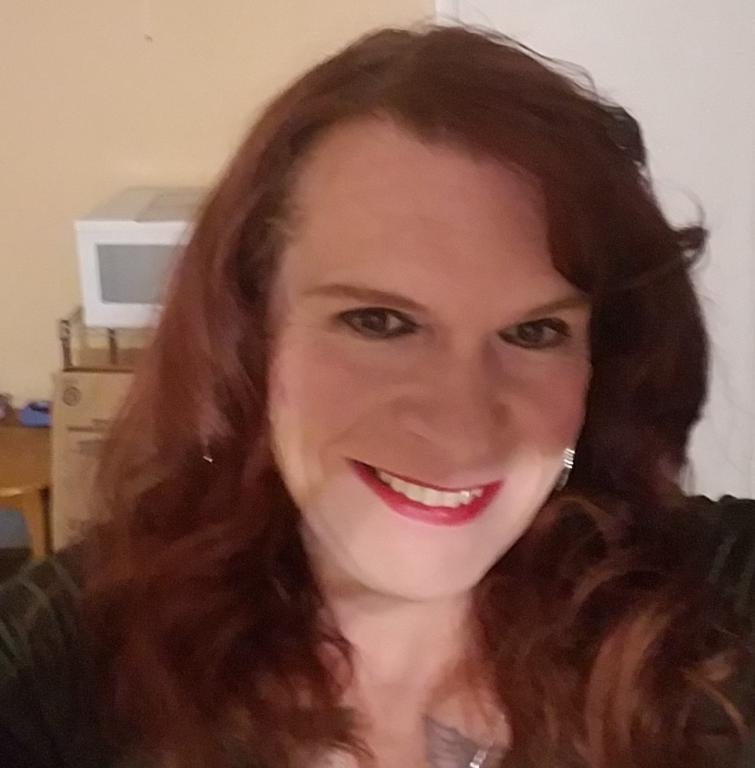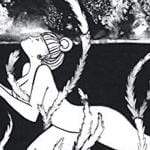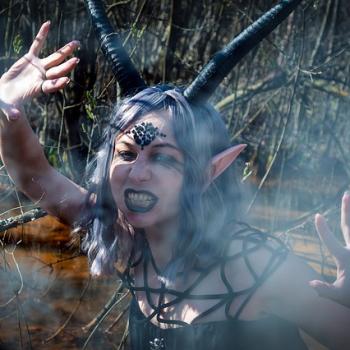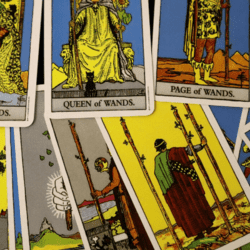Reconnecting with nature can heal some of the pain of isolation and exclusion we feel as part of marginalized communities.
What does it mean to be marginalized? This is a term often applied to people on the fringes of our broader communities who are vulnerable to social discrimination, but also includes people who are excluded because of economic, educational and political status. People with physical and emotional challenges can also be considered part of a marginalized community. Religious marginalization remains rampant in areas of the United States where Christianity is pervasive in people’s jobs, living situations and family pressure.
Another example of marginalization, so visibly apparent in the news media, is cultural. I am talking about the people trying to make a home in this country. Imagine finding yourself in a foreign place, where the culture is different, the language is different, the values are different. No one seems to share your perspective. Even the national holidays which you have celebrated all your life are not celebrated. As a member of the pagan, LGBTQIA, feminist, disability and non-college educated communities, this writer has experienced marginalization on various levels and my next few articles will deal with building more inclusive, pagan communities.
What causes marginalization can be very individual. In some cases, it’s far easier to discern what sets people apart from others. In other cases, what causes feelings of exclusion is ideological. There can not be a marginalized community without a non-marginalized community. Not all people feel marginalized at all times. The nature work mentioned here will help allay existential liminality. There are different types of liminality. There are no perfect solutions. Nature work is only one method of dealing with feelings of exclusion.
Regardless of why you may feel cut off from other people, there is one community which we are all a part of, and share much in common with. The community of the Earth Mother. In human terms, we could describe her as one who has been alienated and forgotten, exploited, demoted in value, assaulted with everything from deforestation to nonchalant littering and dumping. She is rarely protected by politics and receives her only healthcare from other marginalized people. She epitomizes the “MeToo” movement. This is why when we start to heal the earth, we can start to heal ourselves and the feelings of exclusion we often feel.
By opening ourselves to lifestyle changes that encourage caring for our environment, we learn to be more compassionate toward our own issues and toward others who might be facing similar challenges. Through healing the alienation of the Earth Mother in our lives, a pathway opens to reducing the ache from our personal feelings of alienation. Nature is healing, and nature is nurturing. There is no greater power of transformation than the act of loving. When we open up to earth-focused compassion we begin to transcend the dimension of mundane, urbanization where capitalism promotes exclusion and liminality amongst people. By opening up to the plight of nature, we also raise our levels of mindfulness and we begin to understand how actions can impact our community as much as they impact the environment.
Edmund Husserl used the concept of intersubjectivity to support his writing on phenomenology. Intersubjectivity in this case refers to a layering of the senses through Husserl’s method of epoche, “suspension of judgment.” We can sense the world around us as it appears, and without objective analysis. We can learn to see in one vision, the stone fence which lies still in the heavy wind that bends the mighty tree back and forth, while clouds drift lazily overhead. Subjective perception of nature frees us from constraints of objectivity and science. By accepting things just as they are, we begin to free ourselves from the anxieties of inclusion/exclusion, absence of status/status. Intersubjectivity frees us from judgmental perception.
A body-mind-earth connection aids us in expanding our spiritual self-context. Every person on this planet has the same opportunity to connect with the web of life and energy that flows through our biosphere. We all breathe the same air, and consequently we also breathe our neighbor’s air and they breathe air. We are a whole unit but we are part of another whole unit. We are a microcosm within a macrocosm. Approaching our challenges of marginality from this point of view puts them into greater context. For some people, this may be helpful, to understand their problems are not as unique nor are they as large as they might feel.
There is one more contrast I want to draw in nature work. Compare awareness to responsiveness and then compare both to understanding. Awareness is our subjective experience of the world. Responsiveness relates to the feelings this awareness generates, and how we engage those feelings. Understanding confers our ability to integrate the information from awareness with feelings of responsiveness. This in turn inspires actions which promote the body-mind-earth connection. There is already an abundance of articles displaying a plethora of actions which can enhance this connection. I will mention just a few here. Methods for reconnection can be as simple as meditating, recycling, gardening, restoring a natural habitat in your backyard, hiking in the woods, or performing an earth-healing ritual at the full moon.
When we talk about reducing the marginalization, there are a few parallels we can focus on that apply to both the people themselves, and the earth. These points, I choose to sum up as:
Feelings of powerlessness.
Often times we feel powerless to change society’s treatment of the planet in the same way we may feel powerless to reduce marginalization of others, and increase feelings of inclusion. This results in a form of psychic numbing. We begin to think “what can I do?” and when we fail to come with good, employable solutions, we stop thinking about it. People will often avoid feelings of emotional pain when conflict resolution becomes tough. The fact is, we are not powerless to make changes in our microcosm. The macrocosm is a different situation, and we should start small. Just making changes in the way in which we use words can make someone feel more included. Rather than avoid a difficult conversation, speak to marginalized people, be kind, and likewise learn to be kind to the earth.
Feelings of pain and discomfort.
Knowing others are hurting is depressing, just like seeing our beaches trashed and fish dying from polluted waters. It’s uncomfortable and we shield ourselves by looking away, focusing on other problems. If we deny there’s an issue, we forego responsibility for being a part of the solution. If we accept ownership of the discomfort we are experiencing, we are more likely to increase our awareness of what’s happening in our microcosm. Apathy is the enemy of awareness. When we begin to experience sensory overload, unless we handle it carefully, we may begin to shut down becoming less aware. Even the smallest of actions in support of a cause can make a difference. Beginning a discussion can begin to change a mindset, like a pebble thrown into a pond, one ripple can become two, then three and so on. We can begin to heal the division when we take ownership of it.
Knowledge is never enough.
This goes back to powerlessness because we may often feel like no matter what we try to do, nothing is changing. Knowledge of issues puts us more deeply in touch with them, and thus we are often more frustrated when we try to improve things. There is an emotional danger in connecting with a larger web of life. The danger is that it will become overwhelming. We need to accept that we can only change so much so quickly. In order to prove effective, our actions need to be consistent and we need to understand that self-care is just as vital as caring for others. Every effort gains strength through moderation, and balance is a key to building and rebuilding the connection to other people and the planet.
Working with our Earth Mother, tending the needs of nature, is self-healing, and opens us to a worldwide web where we are not alone in our alienation and discrimination. This is a larger community. There is a belief that we are our Ancestors. I believe we are also Nature Spirits, and when we reconnect with the wild around us, we are also connecting with the wild that lies within us. Nature work and nature awareness is instrumental to becoming more inclusive in our communities, because it deepens practices of mindfulness and awareness of our footprint in our social environment as much as our footprint with the natural environment. When we achieve the place of interconnection, that is when we all begin to become One, single earth tribe; one kinship of the Earth Mother.
Nature work can be used to address inner feelings of marginalization. The next part of this series will explore outer expression of marginalization and the social context we find ourselves in.


